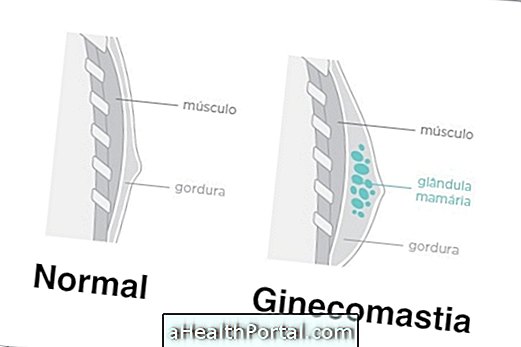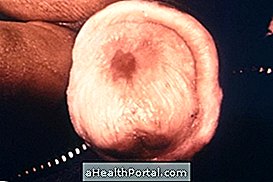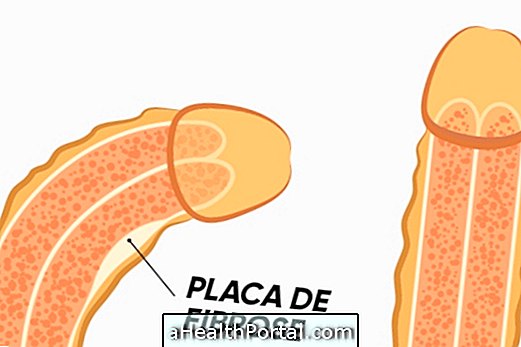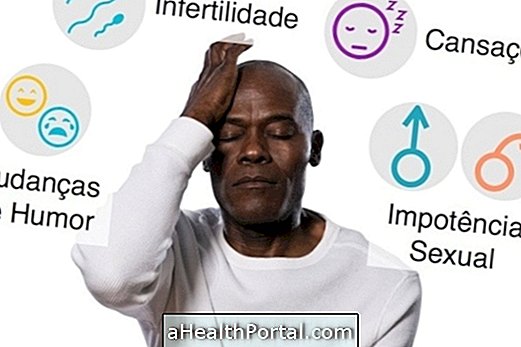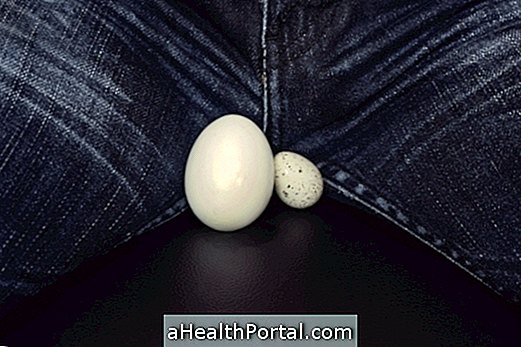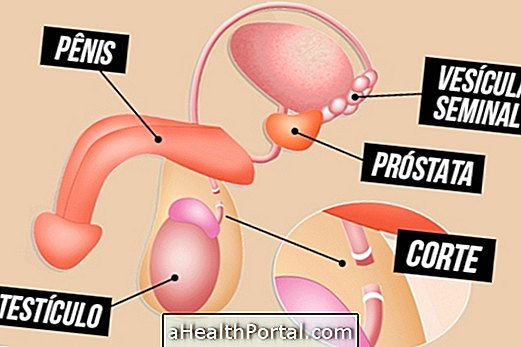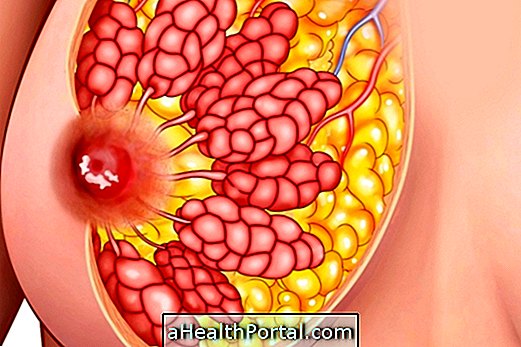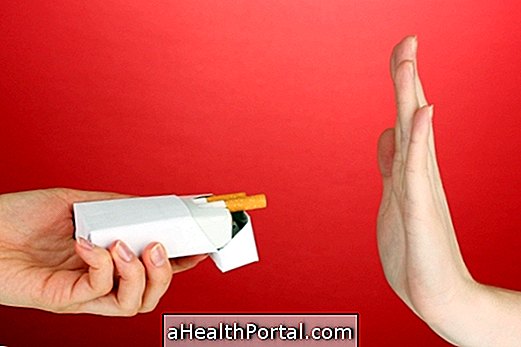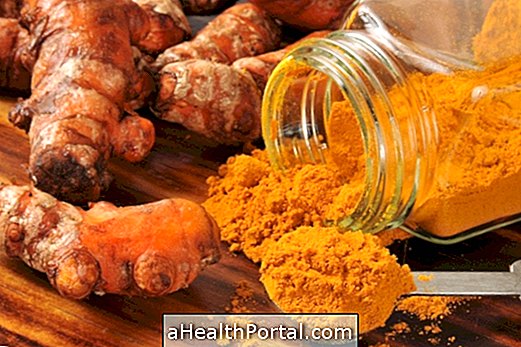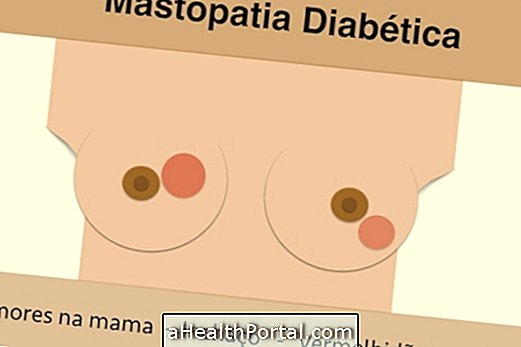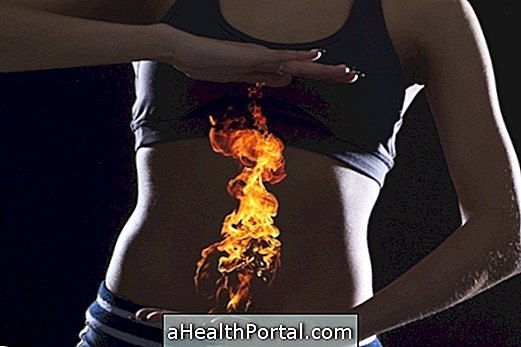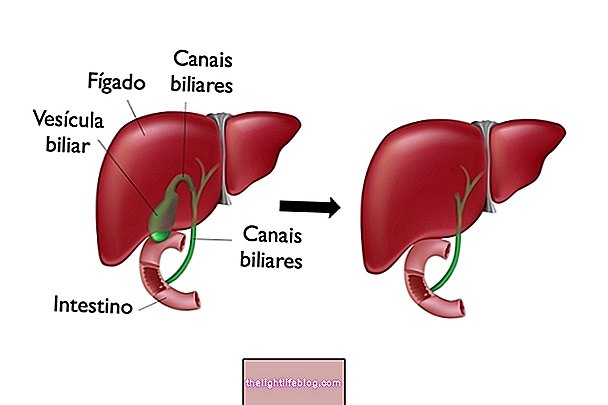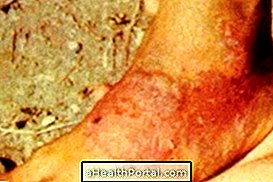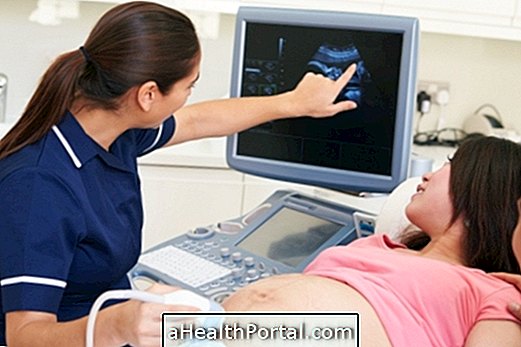The male reproductive system results from a set of internal and external organs, which release hormones, androgens, and are regulated by the brain through the hypothalamus, which secrete the hormone releasing gonadotrophins and pituitary gland, which releases follicle-stimulating and luteinizing hormone .
Primary sexual characteristics, which include the male genital organs, are formed during fetal development, and secondary forms are formed from puberty between 9 and 14 years, when the boy's body becomes a body of man, in which the male genitals develop, as well as the appearance of the beard, throughout the body and thickening of the voice.
What are the male sexual organs
1. Scrotum

The scrotum is a bag of loose skin, which is meant to support the testicles. They are separated by a septum, which is formed by muscular tissue and when it contracts, causes wrinkling of the skin of the scrotum, which is very important for the regulation of temperature, since it is in the testicles that sperm are produced.
The scrotum is able to keep the testicles' temperature below body temperature by being outside the pelvic cavity. In addition, under certain conditions, such as exposure to cold, the cremaster muscle, which enters the scrotum and suspends the testicle, elevates the testicles during exposure to cold, preventing them from cooling down, which also occurs during sexual arousal.
2. Testicles

Men usually have two testicles, which are oval-shaped organs that measure about 5 cm in length and 2.5 cm in diameter each, weighing about 10 to 15 grams. These organs have the function of secreting the sex hormones involved in spermatogenesis, which consists of sperm formation, and which stimulate the development of male sexual characteristics.
Testicular functioning is influenced by the central nervous system through the hypothalamus, which secretes the gonadotrophin releasing hormone (GnRH), and the pituitary gland, which releases the follicle-stimulating (FSH) and luteinizing (LH) hormones.
Within the testicles, there are the seminiferous tubules, where the germ cells differentiate into spermatozoa, and then are released into the lumen of the tubules and continue to mature along the course of the ducts of the reproductive system. In addition, the seminiferous tubules also have Sertoli cells, which are responsible for nourishing and maturing germ cells, and the interstitial tissue surrounding these tubules contains the Leydig cells, which produce testosterone.
3. Accessory sex glands

These glands are responsible for secreting much of the semen, very important for the transport and nutrition of sperm and lubrication of the penis:
- Seminal vesicles are structures that lie behind the base of the bladder and in front of the rectum and produce an important fluid to adjust the pH of the urethra in man and to reduce the acidity of the female genital tract so that it becomes compatible with the life of the spermatozoa . In addition, it has in its composition fructose, which is important to produce energy for its survival and locomotion, so that they can fertilize the ovum;
- Prostate: This structure is located below the bladder, wraps around the urethra and secretes a milky fluid that contributes to its coagulation after ejaculation. In addition, it also contains substances that are used for energy production, which contribute to the movement and survival of spermatozoa.
- Bulbourethral glands or Cowper's glands: these glands are located below the prostate and have ducts that open into the spongy part of the urethra, where they secrete a substance that decreases the acidity of the urethra caused by the passage of urine. This substance is released during sexual arousal, which also has a lubricating function, facilitating sexual intercourse.
4. Penis

The penis is a cylindrical structure composed of cavernous bodies and spongy bodies, which are located around the urethra. At the distal end of the penis is the glans, covered by the foreskin, whose function is to protect this region.
In addition to facilitating urine output, the penis also plays an important role in sexual intercourse, whose stimuli cause dilatation of its arteries that irrigate cavernous and spongy bodies and cause an increase in the amount of blood in the region, also leading to increased and hardening of the penis, facilitating its penetration into the vaginal canal during intercourse.
How Hormone Control Works

Male reproduction is controlled by hormones that stimulate the development of the reproductive organs, the production of spermatozoa, the development of secondary sexual characteristics and also sexual behavior.
Testicular functioning is controlled by the hypothalamus, which releases the gonadotrophin releasing hormone (GnRH), stimulating the pituitary to secrete luteinizing hormone (LH) and follicle-stimulating hormone (FSH). These hormones act directly on the testis, controlling the spermatogenesis and production of the hormones androgens, estrogens and progesterone.
Among the latter, the most abundant hormones in men are androgens, with testosterone being the most important and related to the development and maintenance of male sexual characteristics and also influencing the formation of spermatozoa.
Androgens also have an influence on the development of primary and secondary sexual characteristics. Primary sexual characteristics, such as the male and female external and internal sex organs, are formed during the development of the embryo and secondary sexual characteristics are developed from puberty.
Puberty occurs around the age of 9 to 14 years, resulting in changes in body shape, beard and pubic hair growth and the rest of the body, thickening of the vocal cords and appearance of sexual desire. In addition, also occurs the growth of the penis, scrotum, seminal vesicles and prostate, increased secretions sebaceous, responsible for acne.
See also how the female reproductive system works.
